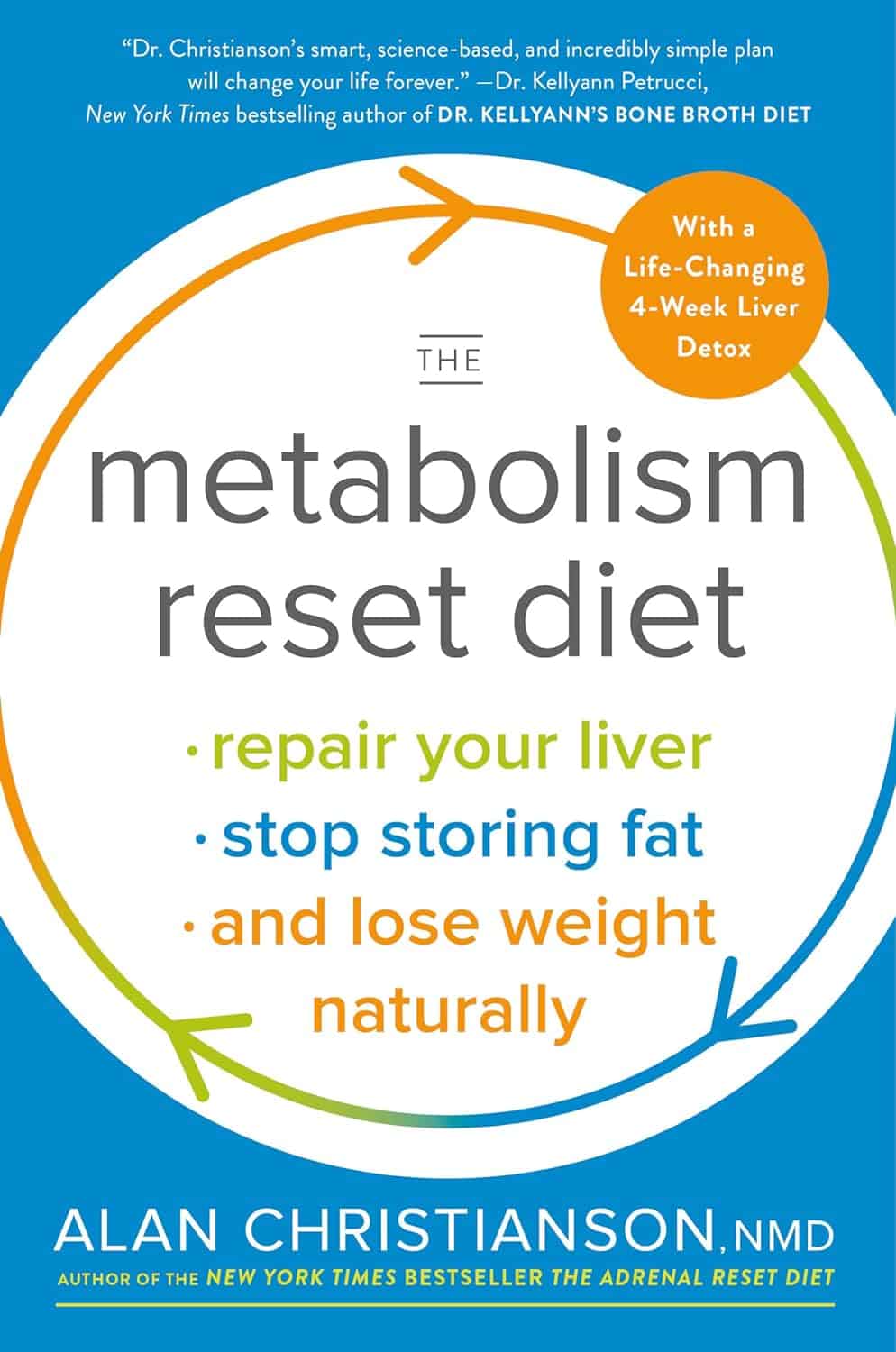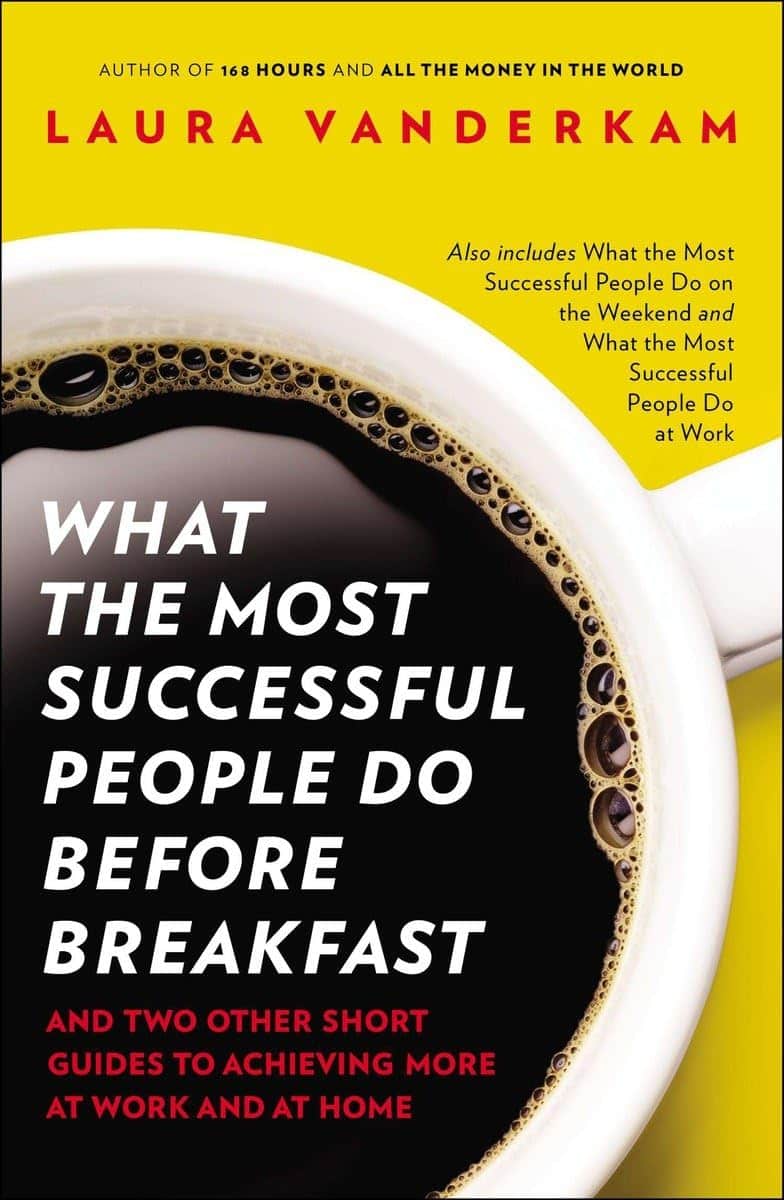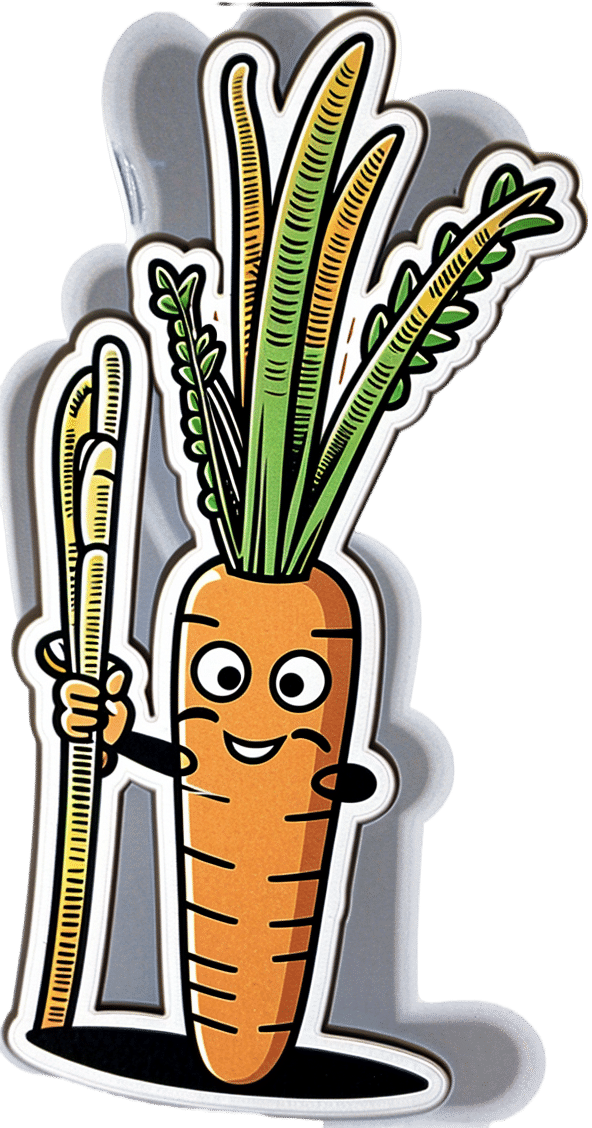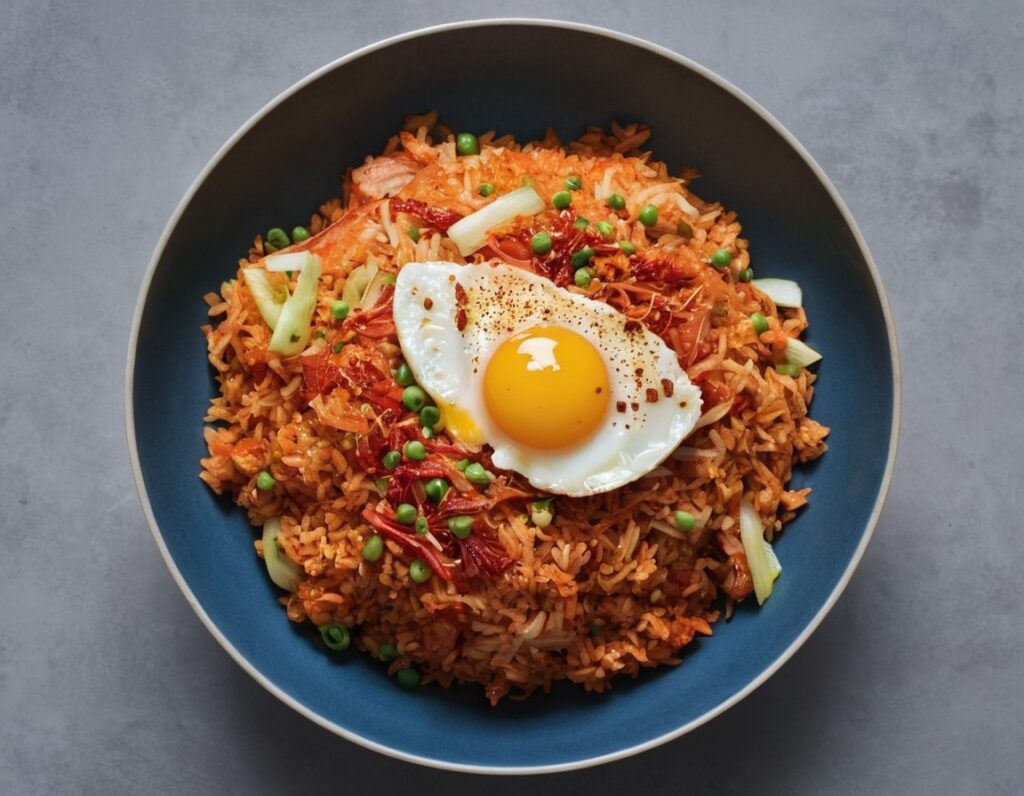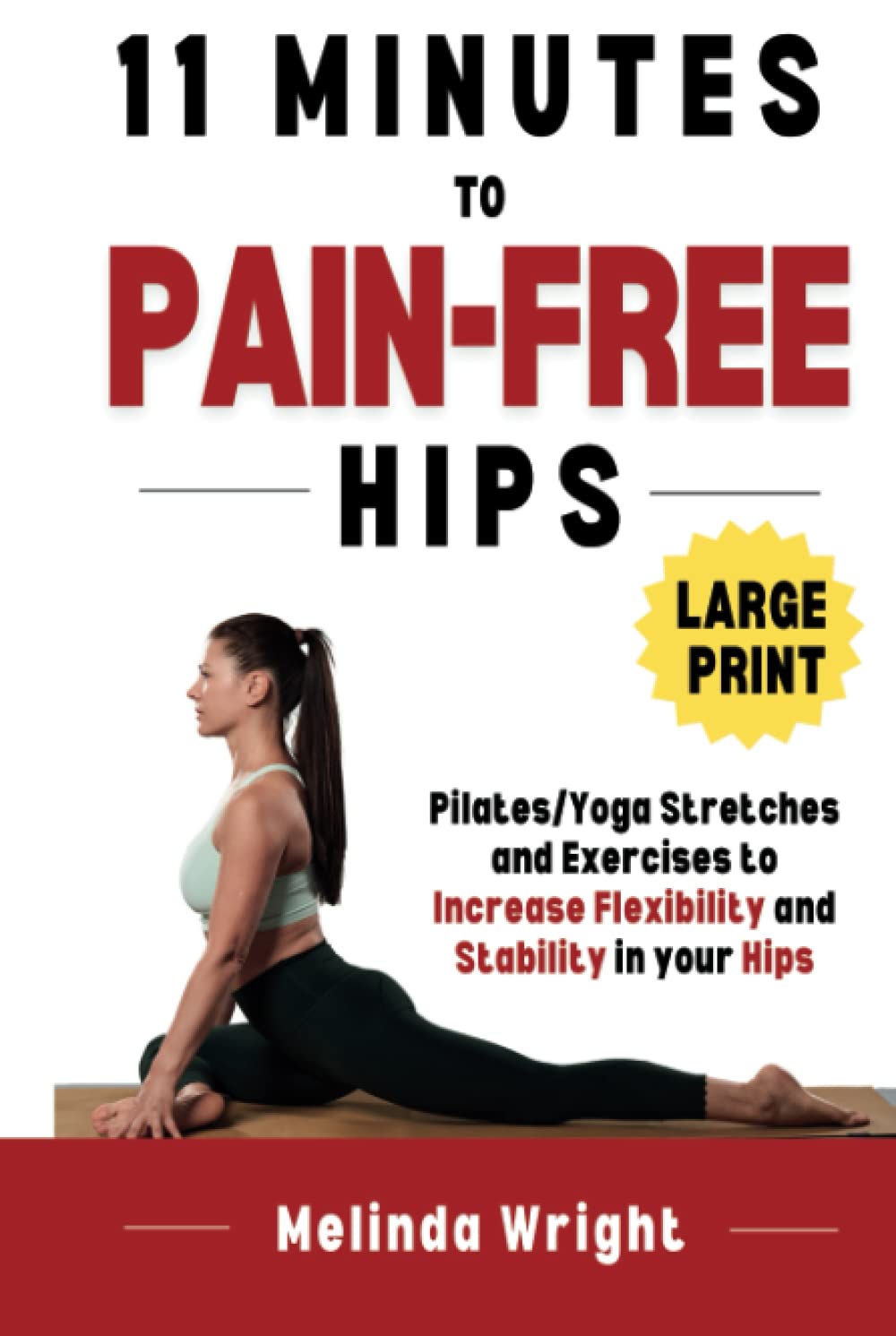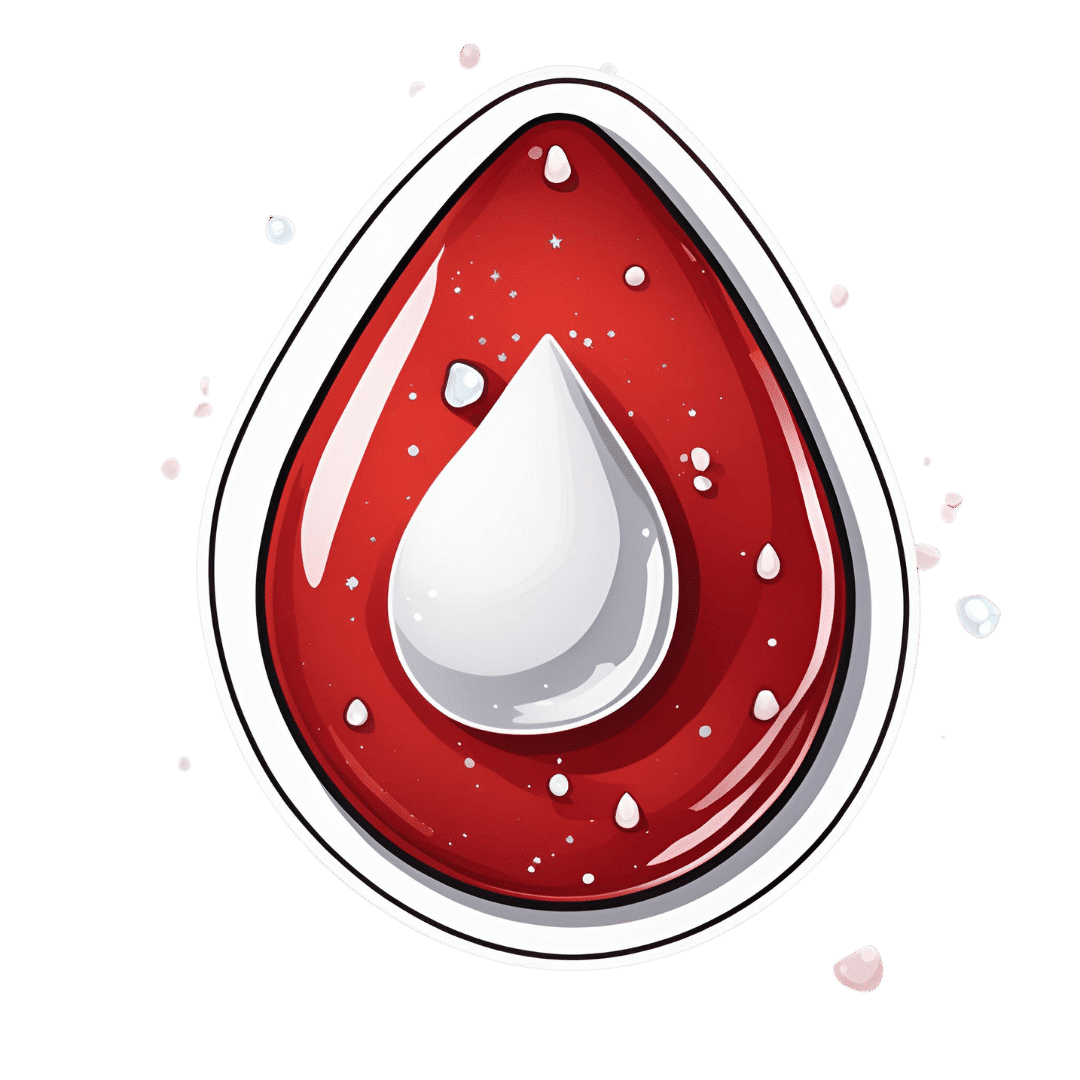
Good (Or Bad) Health Starts With Your Blood
10almonds is reader-supported. We may, at no cost to you, receive a portion of sales if you purchase a product through a link in this article.
Blood Should Be Only Slightly Thicker Than Water

This is Dr. Casey Means, a physician, lecturer (mostly at Stanford), and CMO of a metabolic health company, Levels, as well as being Associate Editor of the International Journal of Diabetes Reversal and Prevention, where she serves alongside such names as Dr. Colin Campbell, Dr. Joel Fuhrman, Dr. Michael Greger, Dr. William Li, Dr. Dean Ornish, and you get the idea: it’s a star-studded cast.
What does she want us to know?
The big blood problem:
❝We’re spending 3.8 trillion dollars a year on healthcare costs in the U.S., and the reality is that people are getting sicker, fatter, and more depressed.
Over 50% of Americans have pre-diabetes or type 2 diabetes; it’s insane, that number should be close to zero.❞
~ Dr. Casey Means
Indeed, pre-diabetes and especially type 2 diabetes should be very avoidable in any wealthy nation.
Unfortunately, the kind of diet that avoids it tends to rely on having at least 2/3 of the following:
- Money
- Time
- Knowledge
For example:
- if you have money and time, you can buy lots of fresh ingredients without undue worry, and take the time to carefully prep and cook them
- if you have money and knowledge you can have someone else shop and cook for you, or at least get meal kits delivered
- if you have time and knowledge, you can actually eat very healthily on a shoestring budget
If you have all three, then the world’s your oyster mushroom steak sautéed in extra virgin olive oil with garlic and cracked black pepper served on a bed of Swiss chard and lashed with Balsamic vinegar.
However, many Americans aren’t in the happy position of having at least 2/3, and a not-insignificant portion of the population don’t even have 1/3.
As an aside: there is a food scientist and chef who’s made it her mission to educate people about food that’s cheap, easy, and healthy:
…but today is about Dr. Means, so, what does she suggest?
Know thyself thy blood sugars
Dr. Means argues (reasonably; this is well-backed up by general scientific consensus) that much of human disease stems from the diabetes and pre-diabetes that she mentioned above, and so we should focus on that most of all.
Our blood sugar levels being unhealthy will swiftly lead to other metabolic disorders:
Heart disease and non-alcoholic fatty liver disease are perhaps first in line, but waiting in the wings are inflammation-mediated autoimmune disorders, and even dementia, because neuroinflammation is at least as bad as inflammation anywhere else, arguably worse, and our brain can only be as healthy as the blood that feeds it and takes things that shouldn’t be there away.
Indeed,
❝Alzheimer’s dementia is now being called type 3 diabetes because it’s so related to blood sugar❞
~ Dr. Casey Means
…which sounds like a bold claim, but it’s true, even if the name is not “official” yet, it’s well-established in professional circulation:
❝We conclude that the term “type 3 diabetes” accurately reflects the fact that AD represents a form of diabetes that selectively involves the brain and has molecular and biochemical features that overlap with both T1DM and T2DM❞
~ Dr. Suzanne M. de la Monte & Dr. Jack Wands
Read in full: Alzheimer’s Disease Is Type 3 Diabetes–Evidence Reviewed ← this is from the very respectable Journal of Diabetes Science and Technology.
What to do about it
Dr. Means suggests we avoid the “glucose roller-coaster” that most Americans are on, meaning dramatic sugar spikes, or to put it in sciencese: high glycemic variability.
This leads to inflammation, oxidative stress, glycation (where sugar sticks to proteins and DNA), and metabolic dysfunction. Then there’s the flipside: reactive hypoglycemia, a result of a rapid drop in blood sugar after a spike, can cause anxiety, fatigue, weakness/trembling, brain fog, and of course cravings. And so the cycle repeats.
But it doesn’t have to!
By taking it upon ourselves to learn about what causes our blood sugars to rise suddenly or gently, we can manage our diet and other lifestyle factors accordingly.
And yes, it’s not just about diet, Dr. Means tells us. While added sugar and refined carbohydrates or indeed the main drivers of glycemic variability, our sleep, movement, stress management, and even toxin exposure play important parts too.
One way to do this, that Dr. Means recommends, is with a continuous glucose monitor:
Track Your Blood Sugars For Better Personalized Health
Another way is to just apply principles that work for almost everyone:
10 Ways To Balance Blood Sugars
Want to know more from Dr. Means?
You might like her book:
Good Energy – by Dr. Casey Means
…which goes into this in far more detail than we have room to today.
Enjoy!
Don’t Forget…
Did you arrive here from our newsletter? Don’t forget to return to the email to continue learning!
Recommended
Learn to Age Gracefully
Join the 98k+ American women taking control of their health & aging with our 100% free (and fun!) daily emails:
-
Take These To Lower Cholesterol! (Statin Alternatives)
10almonds is reader-supported. We may, at no cost to you, receive a portion of sales if you purchase a product through a link in this article.
Dr. Ada Ozoh, a diabetes specialist, took an interest in this upon noting the many-headed beast that is metabolic syndrome means that neither diabetes nor cardiovascular disease exist in a vacuum, and there are some things that can help a lot against both. Here she shares some of her top recommendations:
Statin-free options
Dr. Ozoh recommends:
- Bergamot: lowers LDL (“bad” cholesterol) by about 30% and slightly increases HDL (“good” cholesterol), at 500–1000mg/day, seeing results in 1–6 months
- Berberine: prevents fat absorption and helps burn stored fat, as well as reducing blood sugar levels and blood pressure, at 1,500mg/day
- Silymarin: protects the liver, and lowers cholesterol in type 2 diabetes, at 280–420mg/day
- Phytosterols: lower cholesterol by about 10%; found naturally in many plants, but it takes supplementation to read the needed (for this purpose) dosage of 2g/day
- Red yeast rice: this is white rice fermented with yeast, and it lowers LDL cholesterol by about 25%, seeing results in around 3 months
For more information on all of the above (including more details on the biochemistry, as well as potential issues to be aware of), enjoy:
Click Here If The Embedded Video Doesn’t Load Automatically!
Want to learn more?
You might also like to read:
- Statins: His & Hers? Very Different For Men & Women
- Berberine For Metabolic Health
- Milk Thistle For The Brain, Bones, & More ← this is about silymarin, which is extracted from Silybum marianum, the milk thistle plant
Take care!
Share This Post
-
The Metabolism Reset Diet – by Alan Christianson
10almonds is reader-supported. We may, at no cost to you, receive a portion of sales if you purchase a product through a link in this article.
The liver is an incredible organ that does a very important job, but what’s not generally talked about is how we can help it… Beyond the obvious “try to not poison it too much with alcohol, tobacco, etc”. But what can we do that’s actually positive for it?
That’s what Alan Christianson offers in this book.
Now, usually when someone speaks of a “four week cleanse” as this book advertises on its front cover, it’s a lot of bunk. The liver cleanses itself, and the liver and kidneys between them (along with some other organs and processes) detoxify your body for you. No amount of celery juice will do that. However, this book does better than that:
What it’s about, is not really about trying to do a “detox” at all, so much as supporting your liver function by:
- Giving your liver what it needs to regenerate (mostly: protein)
- Not over-taxing your liver while it does so
The liver is a self-regenerating organ (the mythological story of Prometheus aside, here in real life it can regenerate up to 80% of itself, given the opportunity), so whatever the current state of your liver, it’s probably not too late to fix it.
Maybe you’ve been drinking a little too much, or maybe you’ve been taking some meds that have hobbled it a bit (some medications strain the liver rather), or maybe your diet hasn’t been great. Christianson invites you to draw a line under that, and move forwards:
The book gives an overview of the science involved, and explains about the liver’s role in metabolism (hence the promised weight loss benefits) and our dietary habits’ impact on liver function. This is about what we eat, and also about when we eat it, and how and when our body metabolizes that.
Christianson also provides meal ideas and recipes. If we’re honest (and we always are), the science/principles part of the book are worth a lot more than the meal-plan part of the book, though.
In short: a great book for understanding how the liver works and how we can help it do its job effectively.
Click here to check out “The Metabolism Reset Diet” on Amazon today!
Share This Post
-
What the Most Successful People Do Before Breakfast – by Laura Vanderkram
10almonds is reader-supported. We may, at no cost to you, receive a portion of sales if you purchase a product through a link in this article.
First, what this is not:this is not a rehash of “The 5AM Club”, and nor is it a rehash of “The Seven Habits of Highly Effective People”.
What it is: packed with tips about time management for real people operating here in the real world. The kind of people who have non-negotiable time-specific responsibilities, and frequent unavoidable interruptions. The kind of people who have partners, families, and personal goals and aspirations too.
The “two other short guides” mentioned in the subtitle are her other books, whose titles start the same but instead of “…before Breakfast”, substitute:
- …on the Weekend
- …at Work
However, if you’re retired (we know many of our subscribers are), this still applies to you:
- The “weekend” book is about getting the most out of one’s leisure time, and we hope you have that too!
- The “work” book is about not getting lost in the nitty-gritty of the daily grind, and instead making sure to keep track of the big picture. You probably have this in your personal projects, too!
Bottom line: if, in the mornings, it sometimes seems like your get-up-and-go has got up and gone without you, then you will surely benefit from this book that outstrips its competitors in usefulness and applicability.
Share This Post
Related Posts
-
Make Your Negativity Work For You
10almonds is reader-supported. We may, at no cost to you, receive a portion of sales if you purchase a product through a link in this article.
What’s The Right Balance?
We’ve written before about positivity the pitfalls and perils of toxic positivity:
How To Get Your Brain On A More Positive Track (Without Toxic Positivity)
…as well as the benefits that can be found from selectively opting out of complaining:
A Bone To Pick… Up And Then Put Back Where We Found It
So… What place, if any, does negativity usefully have in our lives?
Carrot and Stick
We tend to think of “carrot and stick” motivation being extrinsic, i.e. there is some authority figure offering is reward and/or punishment, in response to our reactions.
In those cases when it really is extrinsic, the “stick” can still work for most people, by the way! At least in the short term.
Because in the long term, people are more likely to rebel against a “stick” that they consider unjust, and/or enter a state of learned helplessness, per “I’ll never be good enough to satisfy this person” and give up trying to please them.
But what about when you have your own carrot and stick? What about when it comes to, for example, your own management of your own healthy practices?
Here it becomes a little different—and more effective. We’ll get to that, but first, bear with us for a touch more about extrinsic motivation, because here be science:
We will generally be swayed more easily by negative feelings than positive ones.
For example, a study was conducted as part of a blood donation drive, and:
- Group A was told that their donation could save a life
- Group B was told that their donation could prevent a death
The negative wording given to group B boosted donations severalfold:
Read the paper: Life or Death Decisions: Framing the Call for Help
We have, by the way, noticed a similar trend—when it comes to subject lines in our newsletters. We continually change things up to see if trends change (and also to avoid becoming boring), but as a rule, the response we get from subscribers is typically greater when a subject line is phrased negatively, e.g. “how to avoid this bad thing” rather than “how to have this good thing”.
How we can all apply this as individuals?
When we want to make a health change (or keep up a healthy practice we already have)…
- it’s good to note the benefits of that change/practice!
- it’s even better to note the negative consequences of not doing it
For example, if you want to overcome an addiction, you will do better for your self-reminders to be about the bad consequences of using, more than the good consequences of abstinence.
See also: How To Reduce Or Quit Alcohol
This goes even just for things like diet and exercise! Things like diet and exercise can seem much more low-stakes than substance abuse, but at the end of the day, they can add healthy years onto our lives, or take them off.
Because of this, it’s good to take time to remember, when you don’t feel like exercising or do feel like ordering that triple cheeseburger with fries, the bad outcomes that you are planning to avoid with good diet and exercise.
Imagine yourself going in for that quadruple bypass surgery, asking yourself whether the unhealthy lifestyle was worth it. Double down on the emotions; imagine your loved ones grieving your premature death.
Oof, that was hard-hitting
It was, but it’s effective—if you choose to do it. We’re not the boss of you! Either way, we’ll continue to send the same good health advice and tips and research and whatnot every day, with the same (usually!) cheery tone.
One last thing…
While it’s good to note the negative, in order to avoid the things that lead to it, it’s not so good to dwell on the negative.
So if you get caught in negative thought spirals or the like, it’s still good to get yourself out of those.
If you need a little help with that sometimes, check out these:
Take care!
Don’t Forget…
Did you arrive here from our newsletter? Don’t forget to return to the email to continue learning!
Learn to Age Gracefully
Join the 98k+ American women taking control of their health & aging with our 100% free (and fun!) daily emails:
-
Kimchi Fried Rice
10almonds is reader-supported. We may, at no cost to you, receive a portion of sales if you purchase a product through a link in this article.
Fried rice is not something that leaps to many people’s minds when one says “health food”. But it can be! Today’s recipe is great for many aspects of health, but especially the gut, because of its star ingredient, the kimchi—as well as the fiber in the rest of the dish, which is mostly a variety of vegetables, as well as the rice, which we are assuming you got wholegrain. An optional egg per person adds more healthy fats too!
You will need
- Avocado oil, for frying. We picked avocado oil for its healthy fats profile, neutral taste, and high smoke point (we’ll be working at very high temperatures today that might make olive oil or coconut oil smoke). We also recommend against seed oils (e.g. sunflower or canola) for health reasons.
- 1lb cooked and cooled rice—here’s our recipe for Tasty Versatile Rice if you don’t have leftovers you want to use
- 7oz kimchi, roughly chopped
- 4 spring onions, finely chopped
- 4oz white cabbage, finely shredded
- 3oz frozen peas, defrosted
- 1 bulb garlic, thinly sliced
- 1 carrot, grated
- ½ red pepper, finely diced
- 2 tbsp chili oil (or 2 tbsp extra virgin olive oil and 1 red chili, very finely chopped) ← don’t worry about the smoke point of this; it’s going to be for drizzling
- 1 tbsp dark soy sauce
- 2 tsp black pepper, coarse ground
- Optional: 1 egg per person
- Note: we didn’t forget to include salt; there’s simply enough already in the dish because of the kimchi and soy sauce.
Method
(we suggest you read everything at least once before doing anything)
1) Lightly oil a wok (or similar) and crank up the heat as high as your stove can muster. Add the garlic and spring onions; keep them moving. When they’re turning golden, add the cabbage, carrot, and red pepper. Add them one by one, giving the wok a chance to get back to temperature each time before adding the next ingredient.
2) When the vegetables are beginning to caramelize (if the temperature is good, this should only be a couple of minutes at most), add the rice, as well as the kimchi, peas, soy sauce, and black pepper. Toss everything ensure it’s all well-combined and evenly cooked. When it’s done (probably only another minute or two), take it off the heat.
3) Optional: if you’re adding eggs, fry them now. Serve a bowl of kimchi-fried rice per person, adding 1 fried egg on top of each.
4) Drizzle the chili oil as a colorful, tasty garnish that’s full of healthful polyphenols too.
Enjoy!
Want to learn more?
For those interested in some of the science of what we have going on today:
- Making Friends With Your Gut (You Can Thank Us Later)
- The Many Health Benefits Of Garlic
- Black Pepper’s Impressive Anti-Cancer Arsenal (And More)
- Tasty Polyphenols ← this is about how foods that are pungent, bitter, spicy, etc tend to have the highest polyphenol contents
- Eggs: All Things In Moderation?
Take care!
Don’t Forget…
Did you arrive here from our newsletter? Don’t forget to return to the email to continue learning!
Learn to Age Gracefully
Join the 98k+ American women taking control of their health & aging with our 100% free (and fun!) daily emails:
-
11 Minutes to Pain-Free Hips – by Melinda Wright
10almonds is reader-supported. We may, at no cost to you, receive a portion of sales if you purchase a product through a link in this article.
If hips don’t lie, what are yours saying to you? If what they’re saying to you sounds like a cry for help sometimes, this is the book to get you onto a better track.
The hip is the largest joint in your body, and it bears a lot of weight. So it’s little wonder if sometimes they’d like a word with the boss. The question is: what will you do about it? Melinda Wright has suggestions to keep your hips—and you—happy.
She spends the first couple of chapters introducing key concepts, and some anatomy and physiology that’ll be good to know.
Then we’re into resistance stretching, basic hip exercises, all the way through to more advanced stuff. There are very clear photos for each. One thing that stands out about this book is each exercise is not just explained simply and clearly, but also offers “easing oneself in” exercises. After all, we’re not all at the same starting point.
The book finishes off with some more holistic advice about chronic pain management, based on her personal experience with scoliosis, and some dietary tips to reduce joint pain and inflammation too.
All in all, a very helpful book!
Pick up 11 “Minutes to Pain-Free Hips” at Amazon today!
^You will also see options for pain-free back, and pain-free neck, by the same author
Don’t Forget…
Did you arrive here from our newsletter? Don’t forget to return to the email to continue learning!
Learn to Age Gracefully
Join the 98k+ American women taking control of their health & aging with our 100% free (and fun!) daily emails:



